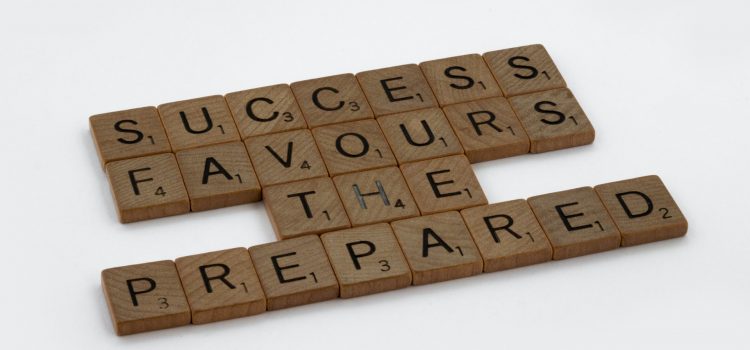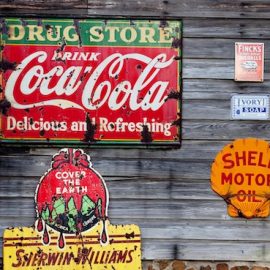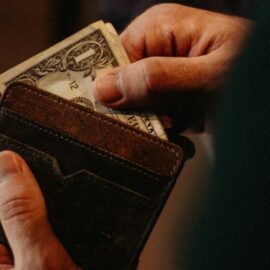

This article is an excerpt from the Shortform book guide to "Playing To Win" by AG Lafley. Shortform has the world's best summaries and analyses of books you should be reading.
Like this article? Sign up for a free trial here .
Want to know how to play to win, according to former P&G CEO A.G. Lafley? How can businesses use cost leadership and product differentiation to win in the marketplace?
Businesses that have mastered how to play to win use either cost leadership or product differentiation to thrive in the marketplace. Cost leadership involves pricing competitors out of the market, while differentiation involves selling a quality product that engenders brand loyalty.
Read more to learn how to play to win in the marketplace.
Understanding How to Play to Win
How do you succeed in your chosen markets?
Up until now, we’ve discussed how to figure out what you want and where to play to get it. Now, we’ll discuss discerning what winning, or finding a competitive advantage, really looks like on your playing field of choice. You need to figure out how to play to win in your playing field of choice.
Different companies have different strengths that contribute to their ability to win in different ways. For instance, small companies can provide a more boutique service while larger companies can often deliver quality products at a great price point. Olay realized that its strength was being able to understand who its best, or “core,” customers were. It built success by continuing to serve its core customers while expanding into new markets and offering new products.
There are two main ways companies that have mastered how to play to win find victory in the market—cost leadership and differentiation.
Cost Leadership
In this approach, mastering how to play to win means selling a similar quality product at a cheaper price point than your competitors. If three companies have products that are essentially the same, customers will buy the cheapest of the products. And if companies can spend less to make their products, they’ll have more flexibility on where to set their price point.
The company that makes the product in the cheapest manner can do a lot more than just undercut the prices of its competitors. Take the example of Mars vs. Hershey: Mars candy is much cheaper to produce. Instead of just making their candy cheaper, though, Mars uses their extra money to buy prime racks at grocery stores around the country so that people run into their product more.
Differentiation
The alternative to having a better cost structure is having a product that consumers want more than others because it’s of better quality or has better branding and prestige. Companies that have mastered how to play to win know that if it costs two companies the same amount of money to make a similar product, but one company makes a product that consumers like more, customers will be willing to pay more. This, once again, leads to higher margins that companies can then use to increase their advantage, through things like higher-priced marketing campaigns or buying better racks at the grocery store.
Selling a quality product can also help to develop loyalty, which makes a company less subject to the whims of the market: Loyal consumers believe that a company can add value to their lives, so they don’t shop around as much.
Employing These Strategies
Sometimes, a firm will use both cost leadership and differentiation strategies at the same time—driving down the cost of manufacturing and keeping their prices low while driving up comparative quality. This is difficult to pull off unless your company already has advantages in the market.
Google is a good example—it was able to grab such a hold on the search market that it could add new services and expand, keeping people engaged and happy with their product, while also scaling to the extent that they could drive prices down. However, most companies eventually have to choose one strategy when they have any sort of reasonable competitor.
Companies aiming to be cost leaders try to win in a very different way from companies that are aiming to be differentiators.
- Cost leaders prioritize reducing costs and may alienate customers who are interested in something that’s unique or that’s different.
- Differentiators prioritize building the brand to be customer friendly, fresh, and attractive. If the customer wants something new, the company will produce it.

———End of Preview———
Like what you just read? Read the rest of the world's best book summary and analysis of AG Lafley's "Playing To Win" at Shortform .
Here's what you'll find in our full Playing To Win summary :
- Why the cascade strategy will help you become victorious in your chosen field of play
- Why you should make every choice with the purpose of not just competing, but winning
- How to develop a system of decision-making for your company






